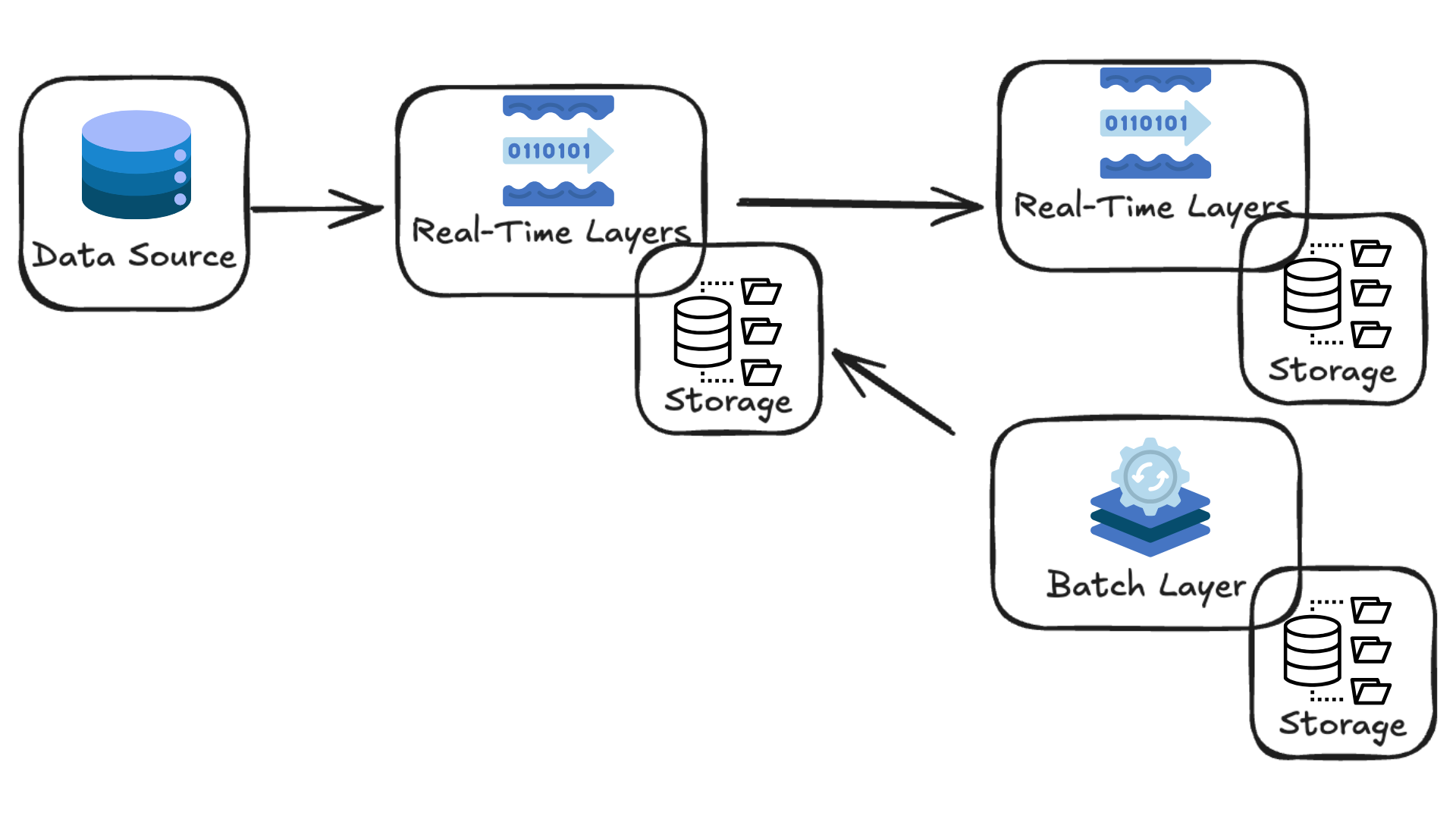The Evolution from Lambda to Kappa Architecture: A Comprehensive Guide
What is Kappa Architecture?
Kappa Architecture is a streamlined data processing framework designed for real-time data handling, offering simplicity and efficiency. As organizations search for "Kappa Architecture vs Lambda Architecture" solutions, Kappa stands out by eliminating the dual-layer complexity of Lambda. Instead of separate batch and streaming systems, Kappa unifies everything into a single stream processing model.
In Kappa Architecture, all data is treated as an ongoing stream, processed incrementally without needing a dedicated batch layer. This makes it ideal for scenarios requiring:
- Frequent data updates
- Low-latency processing
- Real-time analytics
- Simplified infrastructure compared to multi-layered setups
By focusing on streaming, Kappa Architecture provides flexible, scalable solutions for modern data needs. It supports batch outputs by storing processed streams in systems like data lakes, allowing versatile consumption. As searches for "benefits of Kappa Architecture" rise, its popularity grows among businesses seeking real-time analytics and scalable systems.
What is Lambda Architecture?
Lambda Architecture, often compared in "Kappa vs Lambda Architecture" discussions, requires separate batch and streaming layers, with an optional unified serving layer. This dual approach can lead to increased complexity, making Kappa a preferred alternative for many.

Understanding How Kappa Architecture Works
- Data Ingestion: Data streams from sources into a message broker like Apache Kafka, ensuring durable, unified, and immutable storage for real-time processing.
- Stream Processing: Engines such as Apache Flink handle transformations, enrichments, and aggregations to deliver insights.
- Data Storage: Outputs are stored in data lakes, NoSQL databases, relational systems, or formats like Apache Iceberg for long-term access and querying.
- Replayability and Reprocessing: Historical data can be replayed for logic updates or error fixes, enhancing adaptability.
- Scalability: Distributed systems enable horizontal scaling for high-volume data.
These components make Kappa Architecture a top choice for "real-time data processing architectures."

Key Advantages of Kappa Architecture
When exploring "advantages of Kappa Architecture," key benefits include:
- Simplicity: A single layer reduces management overhead compared to Lambda.
- Real-Time Insights: Immediate processing enables quick decision-making.
- Adaptability: Stream reprocessing supports evolving needs.
- Scalability: Handles growing data volumes efficiently.
- Cost Efficiency: No batch layer means lower infrastructure and maintenance costs.
These perks position Kappa as a leader in "scalable data architectures."
Integrating Shift Left with Kappa Architecture
"Shift Left in data processing" refers to addressing issues early in the pipeline, from software development origins. In Kappa Architecture, it involves validating, transforming, and enriching data near ingestion to ensure quality and minimize errors.
Benefits of Shift Left in Kappa include:
- Early Data Quality: Identify issues at ingestion for cleaner processing.
- Faster Insights: Enriched data speeds up delivery.
- Resource Savings: Reduces reprocessing, optimizing efficiency.
Combining Shift Left enhances Kappa's real-time capabilities, creating robust workflows.
Real-World Examples of Kappa Architecture Implementation
Companies adopting Kappa demonstrate its power:
- Shopify: Uses Apache Kafka for real-time events like transactions and inventory, enabling instant merchant insights.
- Netflix: Manages billions of events with Kafka and Flink for recommendations and analytics, ensuring smooth experiences.
- Uber: Processes ride data dynamically with Kafka and Flink for routing and pricing optimization. Explore "Uber's real-time architecture" for details.
- LinkedIn: Handles streams for notifications and recommendations via Kafka.
- Stripe: Employs Kappa-like systems for fraud detection and low-latency payments.
These cases highlight Kappa's role in real-time data pipelines.
Conclusion: Why Choose Kappa Architecture Today
Kappa Architecture, paired with Shift Left, revolutionizes real-time systems, outperforming Lambda in speed, simplicity, scalability, and edge. For implementing Kappa Architecture, tools like Streamkap can ease your transition

